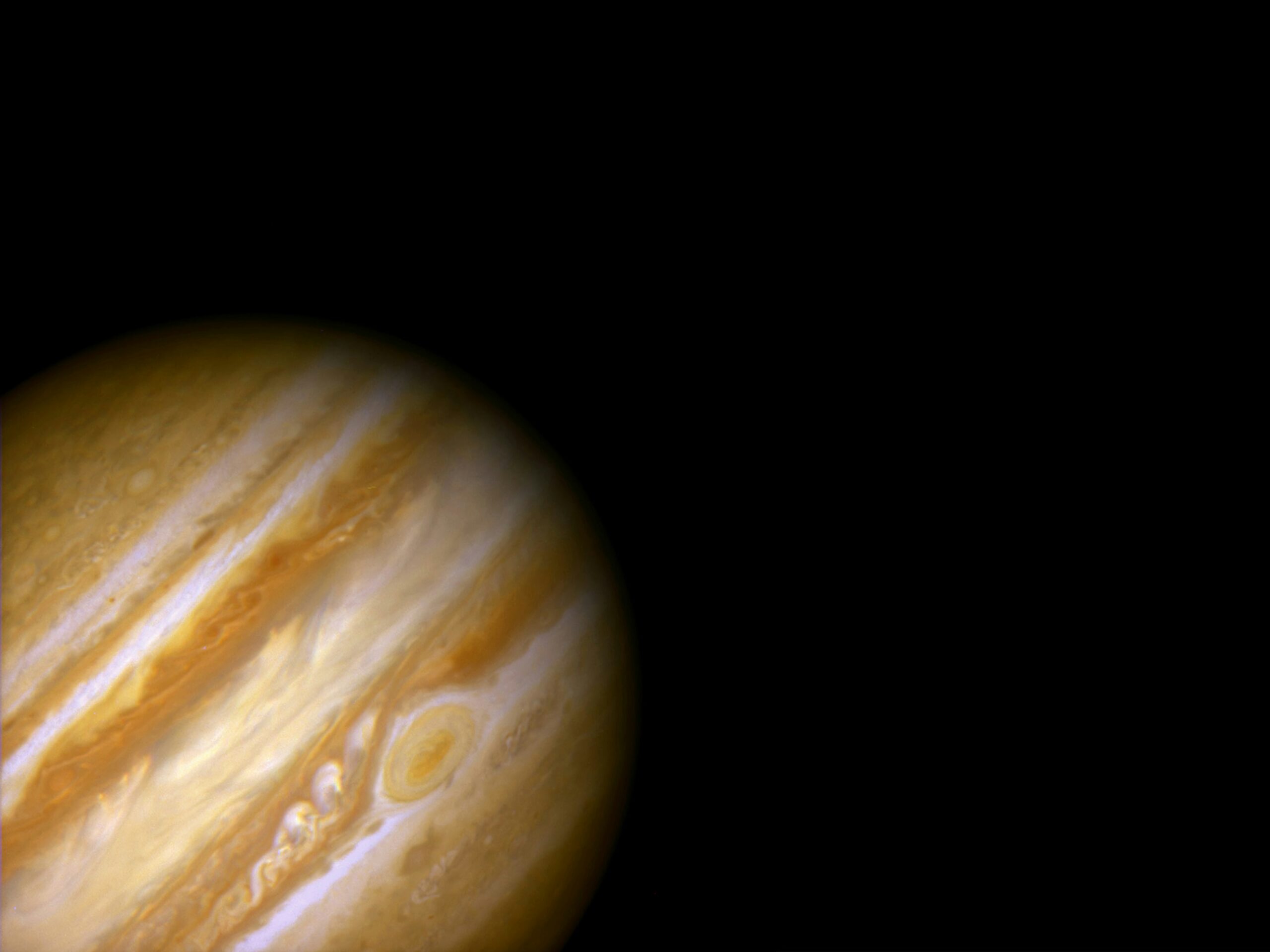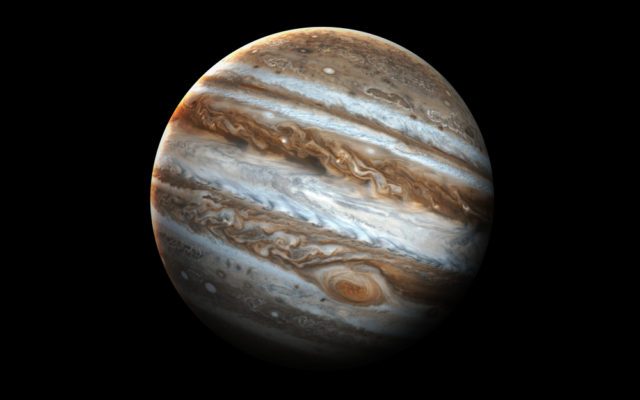Exploring the vastness of space has always been a fascinating endeavor for scientists and space enthusiasts alike. One of the most intriguing destinations in our solar system is the gas giant, a massive planet composed primarily of hydrogen and helium. Over the years, several scientific missions have been launched to study these enigmatic giants and uncover the secrets they hold.
One of the most notable missions to a gas giant is the Cassini-Huygens mission to Saturn. Launched in 1997, this joint NASA-ESA mission provided us with unprecedented insights into the ringed planet and its moons. The spacecraft spent over a decade studying Saturn’s atmosphere, rings, and magnetic field, capturing breathtaking images and collecting valuable data. The mission also included the Huygens probe, which successfully landed on Saturn’s largest moon, Titan, revealing a world with lakes and rivers of liquid methane.
Another remarkable mission is the Juno spacecraft, which has been orbiting Jupiter since 2016. Juno has been studying the gas giant’s magnetic field, atmosphere, and interior structure. By collecting data on Jupiter’s composition and gravitational field, scientists hope to gain a better understanding of the planet’s origin and evolution. The mission has already revealed surprising details about Jupiter’s powerful auroras and the complex dynamics of its atmosphere.
These missions and others like them have revolutionized our knowledge of gas giants and their place in the cosmos. They have provided us with valuable data that helps us understand the formation of our solar system and the conditions necessary for the existence of life. As we continue to explore and study these magnificent planets, we can only imagine what other wonders and mysteries they hold.



